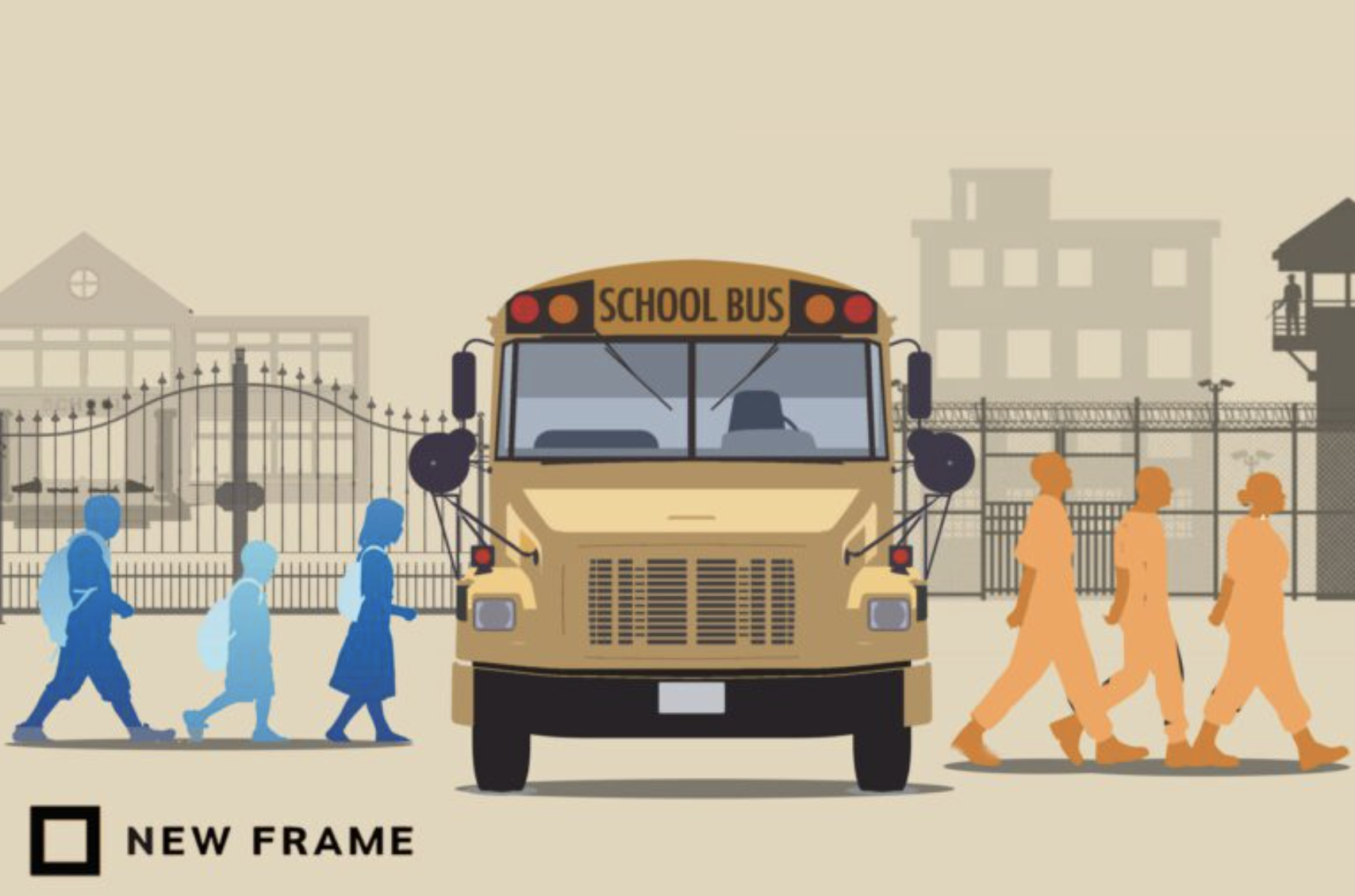
Image Credit: Anastasya Eliseeva
The pipeline to prison is real and undeniable. It is defined by innumerable types of sources, including:
Legal - The ‘school to prison pipeline’ is the idea that certain kinds of school discipline push students toward involvement in the juvenile and adult justice systems.” (Excerpted from the ABA Journal online article, “Students of color with disabilities are being pushed into the school-to-prison pipeline, study finds” by Lorelei Lard, July 24, 2019)
Psychological - “The School-to-Prison Pipeline (SPP) refers to a system of institutional forces that disproportionately target some groups of students for removal from school through detention, suspension or expulsion.” (Excerpted from the Psychology Today online article, from “Role of Zero Tolerance Policies in School-to-Prison Pipeline, by Gabrielle Palmer, MA and edited by Natalie Cort, PhD, May 21, 2019)
Religious/Scientific - “Nearly two decades of a "zero tolerance" mentality has contributed dramatically to a spike in exclusionary discipline that involves racial disparities, youth and civil rights advocates say. It has led to what they call a "school-to-prison pipeline," and the implications of this unfair, even draconian, disciplinary system are enormous, they say. National goals to prepare more students for college and careers can't be met if so many students continue to miss out on school, a growing number of educators and lawmakers add – and society will pay down the road for more jobless and incarcerated young people… Now, some advocacy groups say, the degree to which schools call on police to deal with student behavior has resulted in a school-to-prison pipeline – with young people flowing into the criminal-justice system because of school-based offenses…” (Excerpted from The Christian Science Monitor online article, ‘School suspensions: Does racial bias feed the school-to-prison pipeline?’ by Stacy Teicher Khadaroo, March 31, 2013)
Liberal - “...‘The school-to-prison pipeline,’ [is] a disturbing national trend wherein children are funneled out of public schools and into the juvenile and criminal justice systems. Many of these children have learning disabilities or histories of poverty, abuse, or neglect, and would benefit from additional educational and counseling services. Instead, they are isolated, punished, and pushed out...” “For most students, the pipeline begins with inadequate resources in public schools. Overcrowded classrooms, a lack of qualified teachers, and insufficient funding for ‘extras’ such as counselors, special education services, and even textbooks, lock students into second-rate educational environments. This failure to meet educational needs increases disengagement and dropouts, increasing the risk of later court involvement.” (Excerpted from American Civil Liberties Union online article, “School-to-Prison pipeline” 2020. For more, see the full article located at the end of this Plan.)
Conservative - “Arrest data certainly demonstrates that juveniles who are exposed to the criminal justice system are more likely to drop out of high school and less likely to attend college. That’s not an entirely causal relationship, but there are a number of relevant factors at work, such as the stigma that comes with a criminal record. School officials are less likely to offer leniency to students with such a background. More importantly, criminal history questions are part of the application process in 60 to 80 percent of private colleges and 55 percent of public colleges. Also, financial aid is limited for those with a criminal record. It’s easy to see how destructive this school-to-prison pipeline can be to an individual’s development.” (Excerpted from The American Conservative online article, “Throwing Children Away: The School-to-Pipeline,” August 13, 2018. For more, see the full article located at the end of this Plan.)
